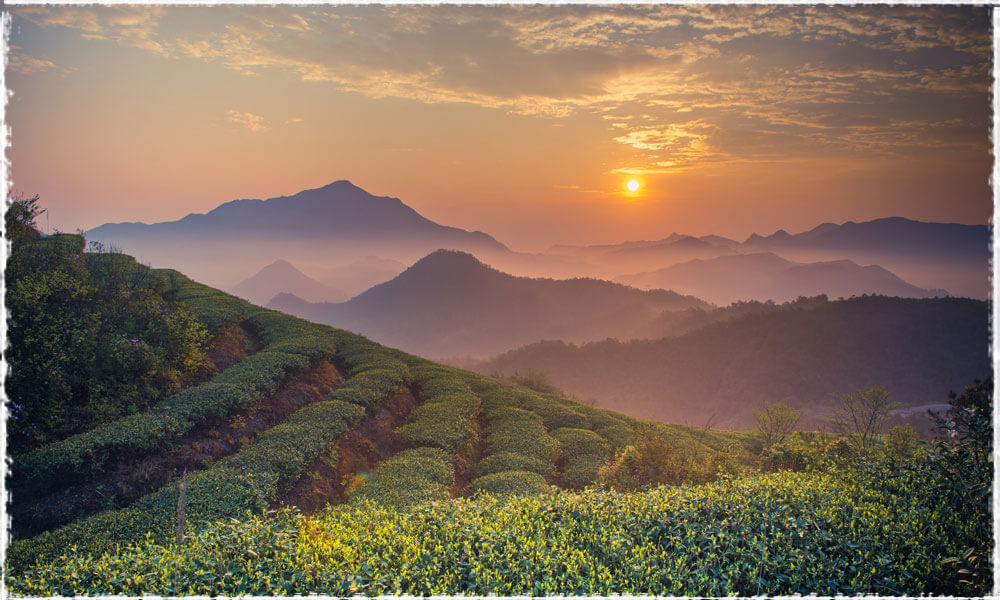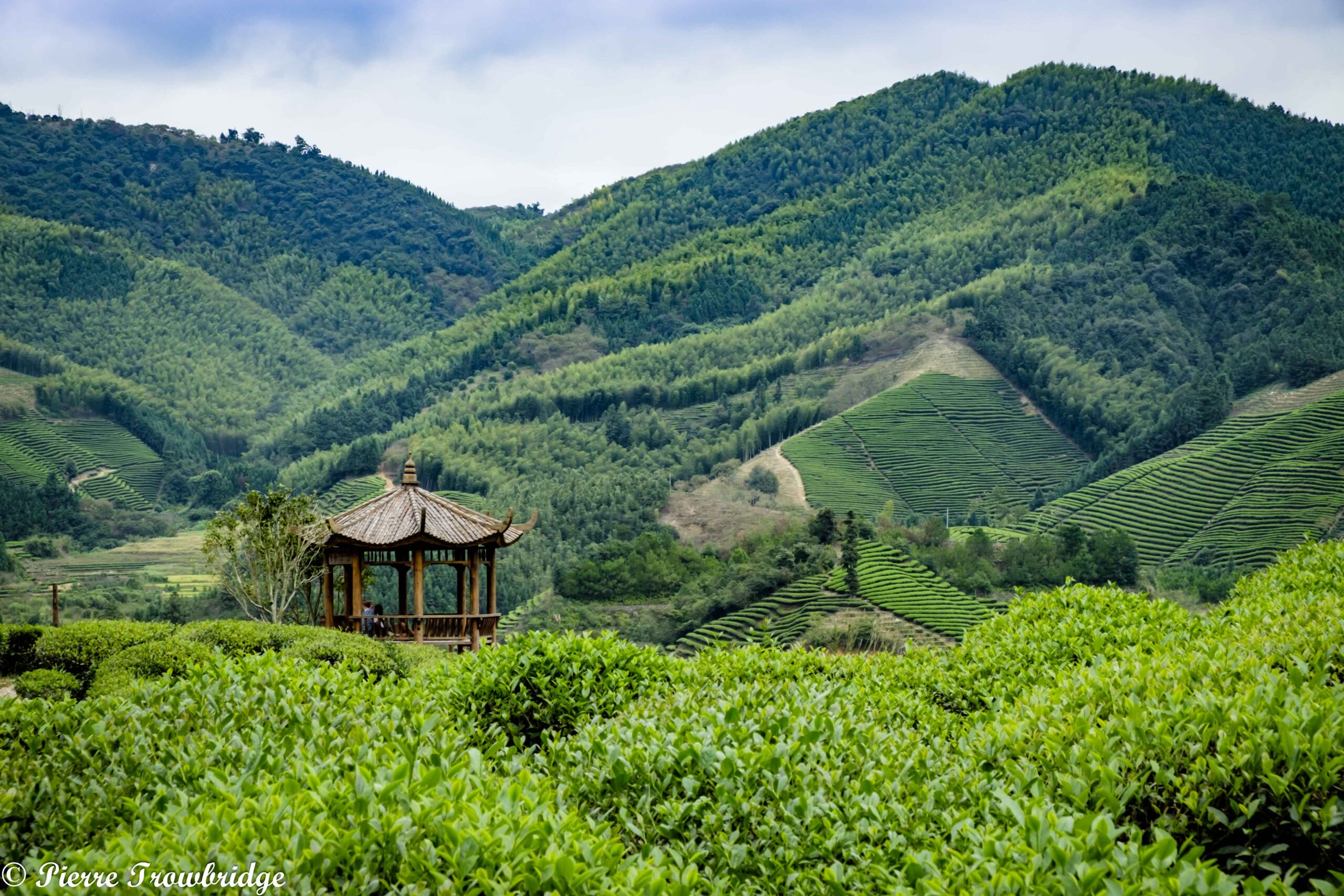Let’s be honest—who doesn’t love tea? Whether it’s sweet, bitter, floral, or the kind that makes you wonder if it was brewed by a wizard, tea has a way of sneaking into your heart (and kitchen cupboard). Now, imagine standing in the middle of a lush green tea field in tea plantations in China, breathing in crisp mountain air, while thinking, ‘Wait… is this where my breakfast tea comes from?’ Spoiler: Yes. Welcome to China’s tea plantations, where your favorite brew begins its journey.
Why China Is the Beyoncé of Tea
When people talk about tea, China is the name that pops up faster than a kettle whistle. It’s not just the biggest tea producer in the world—it’s where tea was practically born. With a history stretching back thousands of years, tea in China is more than a drink. It’s a way of life, a spiritual ritual, and, let’s be real, a very tasty one.
From elegant tea ceremonies to humble teahouses, tea is everywhere. Green tea, black tea, oolong, pu-erh—you name it, China grows it. And not just grows it, they grow it well. Tea leaves are hand-picked with care, processed using traditional methods, and served in ways that make your morning tea bag feel kinda basic. Sorry, supermarket sachets.
Where to Find the Dreamiest Tea Plantations in China
If you’re planning a tea-themed adventure (and why wouldn’t you?), here are the top three places in China that are Disneyland for tea lovers:
1. Hangzhou – The Home of Longjing Tea

Let’s start with the superstar: Hangzhou. Specifically, the West Lake area. This place is known for Longjing (Dragon Well) tea, which is kinda like the Brad Pitt of green teas—smooth, classy, and everyone loves it. The tea fields here look like a green ocean rolling over gentle hills, and the nearby lake makes the whole scene feel like a romantic drama waiting to happen.
2. Yunnan – The Land of Pu-erh and Epic Mountains

Yunnan is for the bold ones. Like your tea strong and full of character? You’ll fall in love with Pu-erh tea, a fermented tea that ages like fine wine and has a deep, earthy flavor that tastes like ancient secrets. The plantations here are tucked into misty mountains and high-altitude valleys. It’s what Instagram dreams are made of.
3. Fujian – The Kingdom of Oolong

If you’re somewhere between green tea’s freshness and black tea’s boldness, oolong tea is your soulmate—and Fujian is where it’s born. Teas like Tie Guan Yin (Iron Goddess of Mercy—yes, that’s the actual name) come from here. It’s floral, slightly sweet, and often served in traditional teahouses where you feel like a kung fu master about to make life-changing decisions.
What to Expect When Visiting Tea Plantations in China (Besides Falling in Love)
Okay, so you made it to the tea fields. Now what? Well, get ready for a tea-fueled adventure that goes beyond just sipping.
Pick Your Tea Leaves
Some plantations let you join the locals in hand-picking tea leaves. It’s fun, oddly satisfying, and makes you appreciate how much work goes into that cup you absentmindedly sip while scrolling your phone.
Take a Tea Processing Tour
Learn how those tiny leaves become the flavorful tea you know and love. You’ll see how they’re roasted, dried, fermented (for some types), and turned into art. It’s science meets tradition meets deliciousness.
Join a Tea Tasting Session
This is the moment you’ve been waiting for. Guided tastings at tea plantations in China let you try a variety of teas—from fresh and grassy to rich and mellow. It’s a great way to discover your tea type, and also to pretend you’re a fancy tea connoisseur (pinkies out!).
The Many Faces of Chinese Tea (and Why You’ll Want Them All)
China’s tea scene is diverse, and honestly, a little overwhelming—but in a good way. Here’s a crash course on the most famous types:
-
Green Tea – Light, fresh, and grassy. Great for a gentle pick-me-up. Famous example: Longjing.
-
Oolong Tea – Semi-oxidized and full of floral, nutty notes. The romantic poet of tea. Example: Tie Guan Yin.
-
Black Tea – Bold and full-bodied. Good with milk or as a wake-up call. Try Keemun or Dianhong.
-
Pu-erh Tea – Aged like a treasure. Earthy, complex, and sometimes funky (in a good way). Only for real tea fans.
Budget Breakdown: How Much for a Tea Adventure in China?
Worried that a trip to China’s tea fields will cost you a fortune? Don’t panic—we’ve got you. Here’s a rough breakdown of what you might spend:
| Category | Details | Estimated Cost (CNY/USD) |
|---|---|---|
| International Flight | Round trip to China (e.g., Jakarta–Beijing) | 2,000–4,500 CNY / $300–$650 |
| Domestic Transport | Train/bus to Hangzhou, Yunnan, or Fujian | 200–500 CNY / $30–$75 |
| Accommodation | Standard hotel (per night) | 150–500 CNY / $25–$75 |
| Tea Plantation Tour | Guided tour with transport | 300–800 CNY / $45–$120 |
| Food & Drinks | Daily meals (local restaurants) | 50–150 CNY / $8–$25 |
| Activities & Tickets | Tea factory tours, leaf picking, tea tasting | 100–300 CNY / $15–$45 |
| Souvenirs/Tea | Teas, mugs, cute teapots, etc. | 50–200 CNY / $8–$30 |
Total Estimate for a 5-Day Trip:
3,850–7,950 CNY / $575–$1,150 USD
Not too bad for a journey that involves sipping elite tea with mountain views, right?
Tips for First-Time Tea Travelers (Because You Deserve the VIP Brew)
Visiting tea plantations isn’t just about showing up and taking Instagram pics (although yes, do that too). Here’s how to get the most out of your leafy adventure:
Do Your Tea Homework
Know the difference between oolong and green tea before you go. It’ll save you from nodding awkwardly while the tea master explains things like “oxidation levels” and “fermentation phases” like it’s common knowledge.
Dress for the Hills
Most plantations are on hills or mountains. That means comfy shoes are a must. Unless you’re aiming for a fashion shoot on a tea bush, skip the heels.
Check the Weather
Rain + tea leaves = slippery slopes. Most plantations are open during spring and autumn, the best seasons for both weather and leaf-picking.
Drink Everything
Say yes to all the teas during tastings. Even if you think you hate black tea, China might surprise you. Just pace yourself—ten tiny cups add up fast.
Buy From the Source
Want to bring home tea that’ll make your friends jealous? Buy it directly from the plantation. It’s fresh, authentic, and comes with bragging rights.
Final Sip: Tea, Travel, and Tiny Joys

So, should you book a trip to China’s tea plantations? 1000% yes. Whether you’re a hardcore tea nerd or just someone who enjoys a hot cup after a long day, exploring tea plantations in China is like stepping into a living storybook—where every leaf has a legend, every cup has a history, and every step smells like fresh earth and dreams.”
You’ll come back with new knowledge, fresh tea in your suitcase, and a new appreciation for the humble leaf that somehow makes everything better.
So pack your bags, charge your camera, and let the adventure steep. Your next great story might just start with a cup of tea on a misty hill in China.
FAQ: You’ve Got Tea Questions, We’ve Got Steamy Answers
Q: Is it easy to visit tea plantations as a tourist?
A: Absolutely. Many plantations are now tourist-friendly, offering guided tours, English-speaking staff, and full-day experiences. Some even include meals and tea ceremonies.
Q: Can I stay overnight at a plantation?
A: Some high-end tea farms in places like Yunnan or Hangzhou offer homestays or boutique lodges. It’s like a teacation—yes, we just made that up.
Q: Is Chinese tea really that different from the tea in my grocery store?
A: Ohh yes. Chinese tea is often hand-picked, minimally processed, and has deep flavor profiles you don’t usually get from mass-produced brands. One sip and you’ll understand the hype.
Q: Is it expensive to bring tea back home?
A: Depends on the type. Some premium teas (like aged pu-erh) can be pricey, but others like fresh green tea or Tie Guan Yin are affordable and make great souvenirs.
Q: Will they judge me if I ask for sugar or milk?
A: Gently, yes. In traditional Chinese tea culture, tea is served plain—no sugar, no milk, just the leaf doing its thing. But hey, no shame in your milk tea game. Just maybe don’t ask in front of the tea master.
Looking for more travel inspiration? Check out our guide to the enchanting lavender fields in the UK and France! Lavender Fields UK & France
